Supercharge Your DevOps Pipeline with Infrastructure as Code
DevOps has brought about significant transformations in the software development industry by fostering improved communication between development and operations teams. This has resulted in faster and higher-quality product releases. A crucial element driving this change is Infrastructure as Code (IaC), a powerful methodology empowering developers to automate resource provisioning and infrastructure management through code. In this article, we’ll explore the integration of C# and IaC, its potential to enhance your DevOps process, and showcase its benefits through a practical example.
What is Infrastructure as Code (IaC)?
The delivery and administration of infrastructure using code is made possible by the software engineering methodology known as “Infrastructure as Code” (IaC). IaC reduces the need for manual setup and configuration, lowering human error and boosting consistency across environments. Infrastructure resources are defined in code. Version management is another feature of IaC that makes it simpler to trace changes and revert to previously known functional states.
Benefits of Supercharging Your DevOps Pipeline with IaC
- Automation and Consistency: By adopting IaC, you can automate the provisioning and configuration of your infrastructure. This ensures that each deployment follows the same defined process, leading to consistent environments and predictable outcomes.
- Scalability and Elasticity: IaC makes it easy to scale your infrastructure resources based on demand. With a few lines of code, you can add or remove resources to handle increased traffic, ensuring your application remains performant and highly available.
- Faster Deployment: IaC accelerates the deployment process, reducing the time between code changes and the availability of new features to end-users. This speed is crucial for staying competitive in today’s fast-paced digital landscape.
- Reduced Risk and Improved Stability: Manual infrastructure setup can be error-prone and challenging to replicate across environments. IaC mitigates this risk by ensuring that infrastructure definitions are standardized and reusable.
- Collaboration and Versioning: By using code to manage infrastructure, developers and operations teams can collaborate effectively. Version control systems like Git allow teams to manage infrastructure changes, review code, and perform rollbacks when needed.
Practical Example: Provisioning an Azure Virtual Machine with C#
Let’s dive into a practical example to demonstrate how to supercharge your DevOps pipeline using C# and the Azure Management Libraries.
Step 1: Install Azure Management Libraries
To get started, install the Azure Management Libraries NuGet package. Open your C# project in Visual Studio and use the Package Manager Console or NuGet Package Manager to install the package.
Install-Package Microsoft.Azure.Management.Fluent
Step 2: Authenticate with Azure
To interact with Azure resources, you need to authenticate with your Azure account. Create a service principal with the necessary permissions or use other authentication methods supported by Azure Management Libraries.
using Microsoft.Azure.Management.Fluent;
using Microsoft.Azure.Management.ResourceManager.Fluent.Authentication;
// Authenticate using a service principal
var clientId = "YOUR_CLIENT_ID";
var clientSecret = "YOUR_CLIENT_SECRET";
var tenantId = "YOUR_TENANT_ID";
var subscriptionId = "YOUR_SUBSCRIPTION_ID";
var credentials = new AzureCredentialsFactory()
.FromServicePrincipal(clientId, clientSecret, tenantId, AzureEnvironment.AzureGlobalCloud);
var azure = Azure
.Configure()
.Authenticate(credentials)
.WithSubscription(subscriptionId);Step 3: Provision the Azure Virtual Machine
With Azure authenticated, we can now provision an Azure Virtual Machine using C# code.
using Microsoft.Azure.Management.Compute.Fluent;
using Microsoft.Azure.Management.Compute.Fluent.Models;
using Microsoft.Azure.Management.Network.Fluent;
using Microsoft.Azure.Management.Network.Fluent.Models;
using Microsoft.Azure.Management.ResourceManager.Fluent.Core;
// Define resource group and virtual machine details
var resourceGroupName = "YOUR_RESOURCE_GROUP_NAME";
var vmName = "YOUR_VM_NAME";
var region = Region.USWestCentral;
// Create a new resource group
azure.ResourceGroups.Define(resourceGroupName)
.WithRegion(region)
.Create();
// Create a virtual network
var network = azure.Networks.Define("YOUR_NETWORK_NAME")
.WithRegion(region)
.WithExistingResourceGroup(resourceGroupName)
.WithAddressSpace("10.0.0.0/16")
.WithSubnet("subnet1", "10.0.0.0/24")
.Create();
// Create a public IP address
var publicIPAddress = azure.PublicIPAddresses.Define("YOUR_PUBLIC_IP_NAME")
.WithRegion(region)
.WithExistingResourceGroup(resourceGroupName)
.WithDynamicIP()
.Create();
// Create a network interface
var networkInterface = azure.NetworkInterfaces.Define("YOUR_NETWORK_INTERFACE_NAME")
.WithRegion(region)
.WithExistingResourceGroup(resourceGroupName)
.WithExistingPrimaryNetwork(network)
.WithSubnet("subnet1")
.WithPrimaryPrivateIPAddressDynamic()
.WithExistingPrimaryPublicIPAddress(publicIPAddress)
.Create();
// Provision the virtual machine
var virtualMachine = azure.VirtualMachines.Define(vmName)
.WithRegion(region)
.WithExistingResourceGroup(resourceGroupName)
.WithExistingPrimaryNetworkInterface(networkInterface)
.WithPopularLinuxImage(KnownLinuxVirtualMachineImage.UbuntuServer16_04_Lts)
.WithRootUsername("YOUR_ADMIN_USERNAME")
.WithRootPassword("YOUR_ADMIN_PASSWORD")
.WithSize(VirtualMachineSizeTypes.StandardDS1V2)
.Create();Conclusion
Infrastructure as Code (IaC) is a revolutionary method for automating, standardizing, scaling, and fostering cooperation in infrastructure management. It improves your DevOps pipeline. Using C# and the Azure Management Libraries, you can swiftly install and manage cloud resources using code, including Azure Virtual Machines.
In this blog post, we examined the benefits of infrastructure as code and provided a practical illustration of how to configure an Azure virtual machine in C#. When you integrate IaC into your DevOps workflow, you’ll experience speedier deployments, improved stability, and better teamwork, enabling you to swiftly develop high-quality apps. Utilize infrastructure as code now to jump-start your DevOps journey! It’s fun to code!


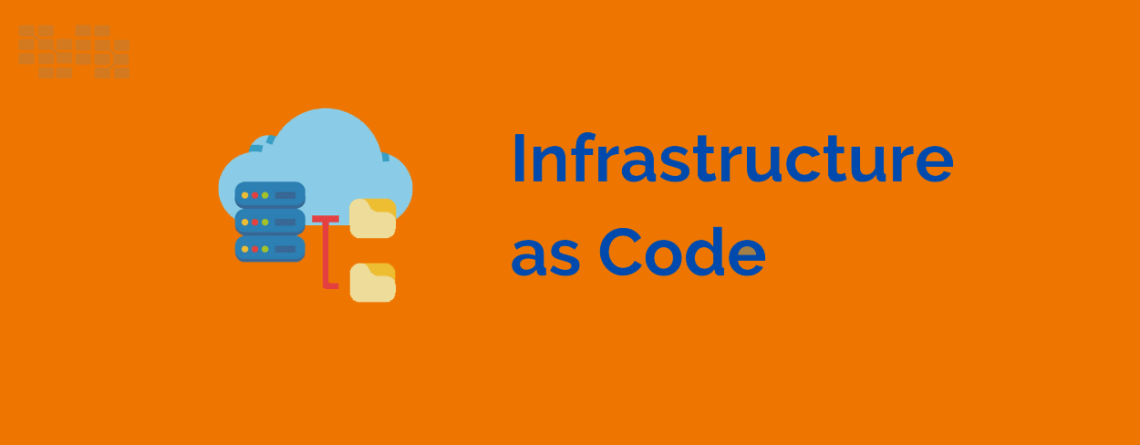
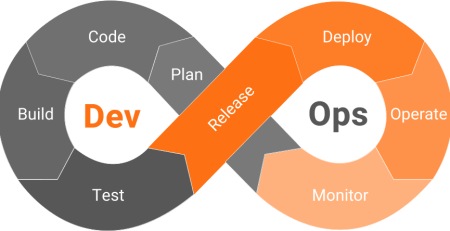
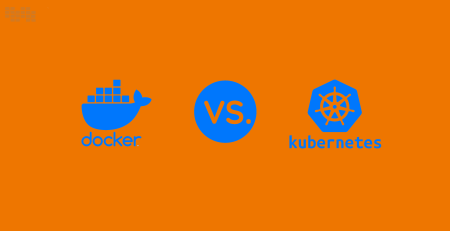




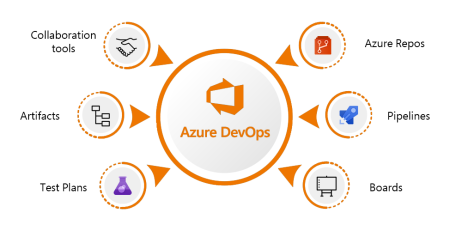
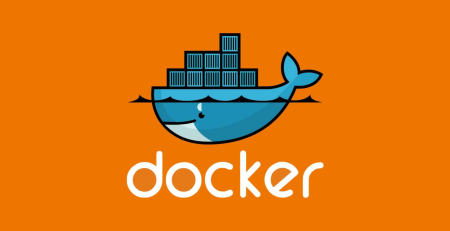

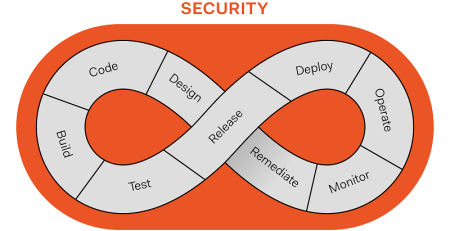
Leave a Reply